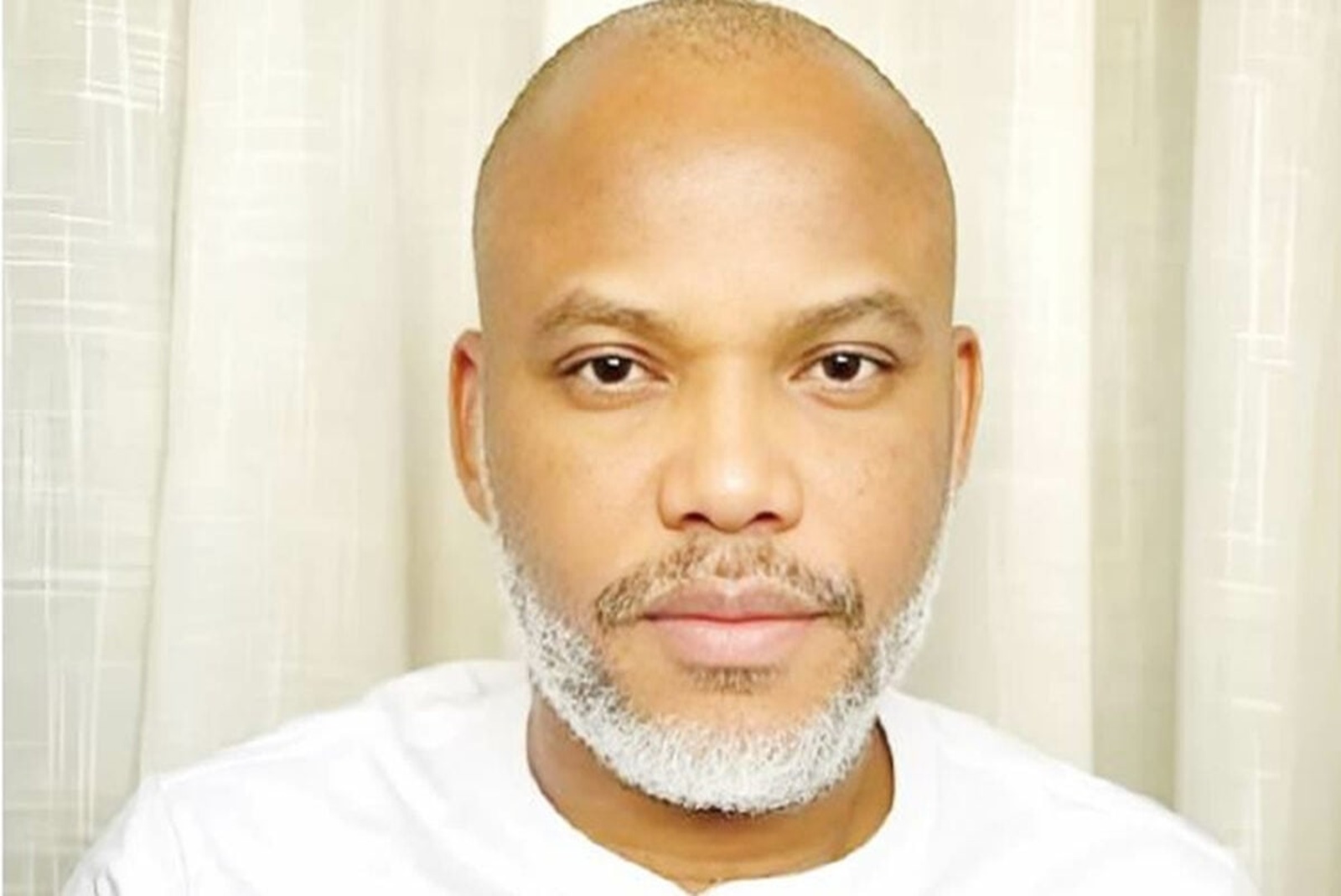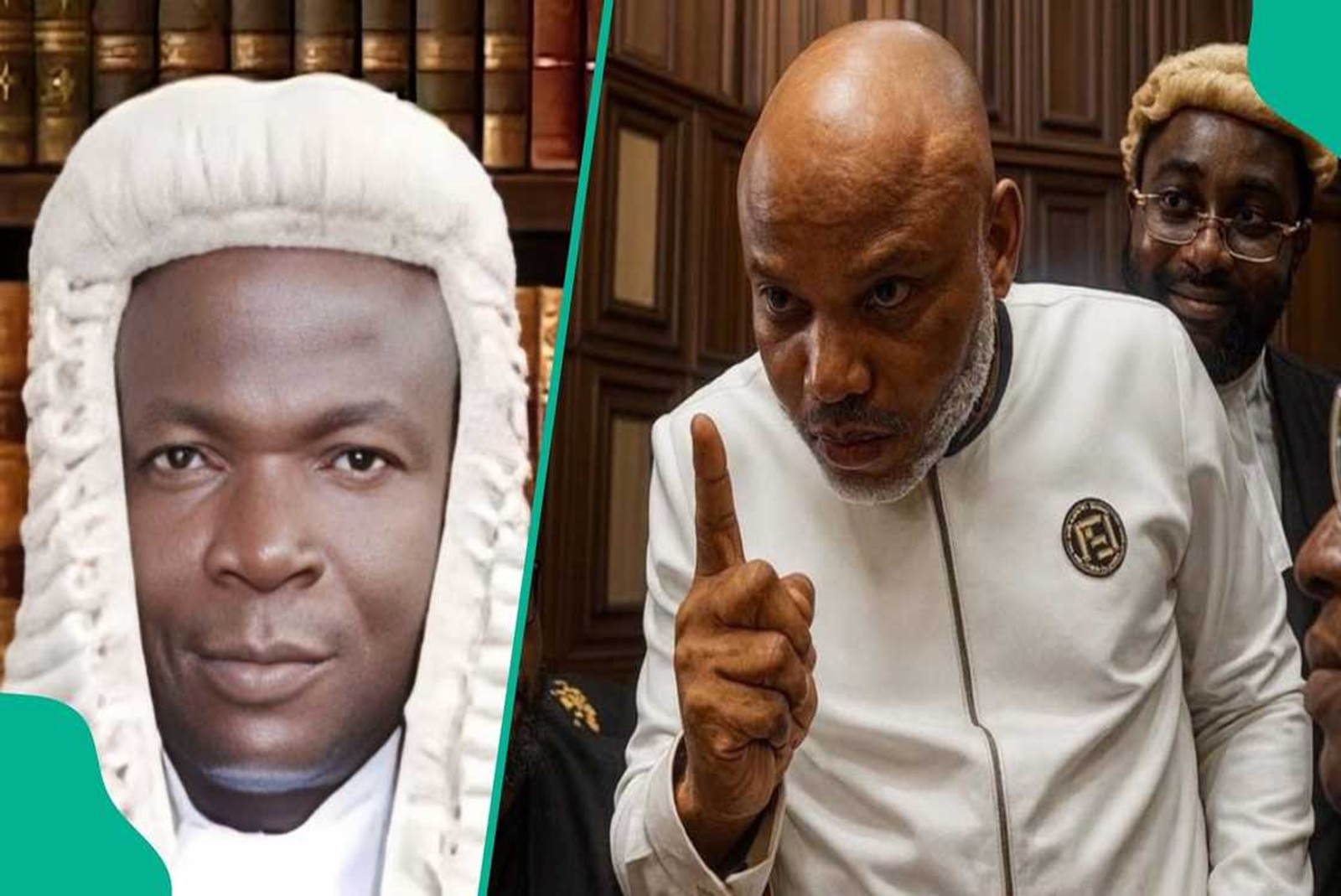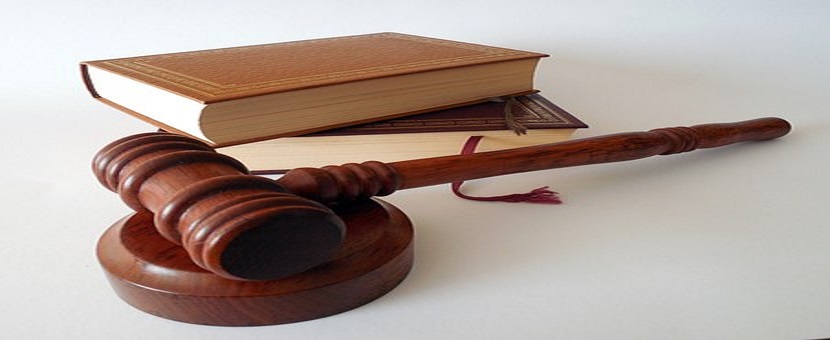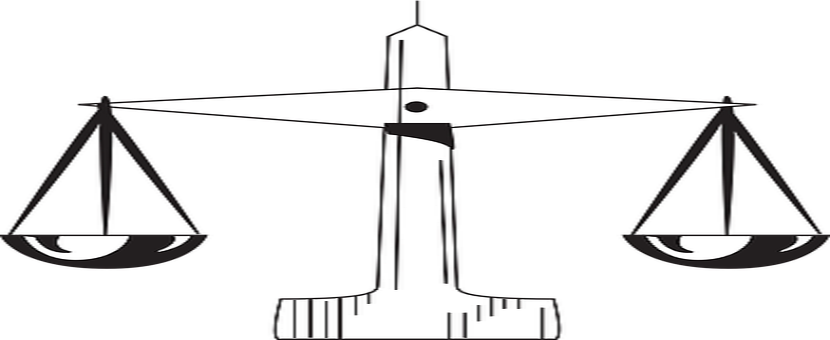Maitumbi v. Baraya [2017] 2 NWLR (Pt. 1550) 347 at 394, paras. C-E, per Sankey, JCA:
“On the authority of INEC v. Oshiomole [2009] 4 NWLR (Pt. 1132) 607, it was incumbent upon the 1st respondent who contested the ownership of the signature (and not the petitioners) to prove his assertion that the signature on the petition did not belong to anyone of the solicitors named at the foot of the petition. Clearly from the above affidavit evidence, the applicant (1st respondent) did not come even close to discharging the onus of proof in this regard. Therefore, it is safe to assume that the signature atop the names of the three solicitors named at the foot of the petition was affixed by one of the petitioners’ named solicitors…”
Note:
The position of the Court in the above case is commended. Indeed, the courts should not sustain such technical objections like that of the 1st Respondent in the case. In fact, in this era of NBA stamp and seal, the affixing of a counsel’s stamp and seal goes to show the actual counsel who signed the court process provided that his name is among the names appearing below the signature on the process. However, counsel are encouraged to always make the necessary indication. Sankey, JCA at page 394, paras. F-H admonished as follows:
“Nonetheless, it must be stated that it is not good practice which is encouraged by the court for counsel signing any court process, (and even more so, election petitions), to fail to indicate who, (from a list of solicitors named in the process), appended his signature thereto. It is evident that, while this court has in such cases attributed the failure to indicate the actual name of the solicitor who appended his signature on a petition as not being fatal but a technicality which should not defeat the ends of justice, that is not to say that it should be the norm…”














